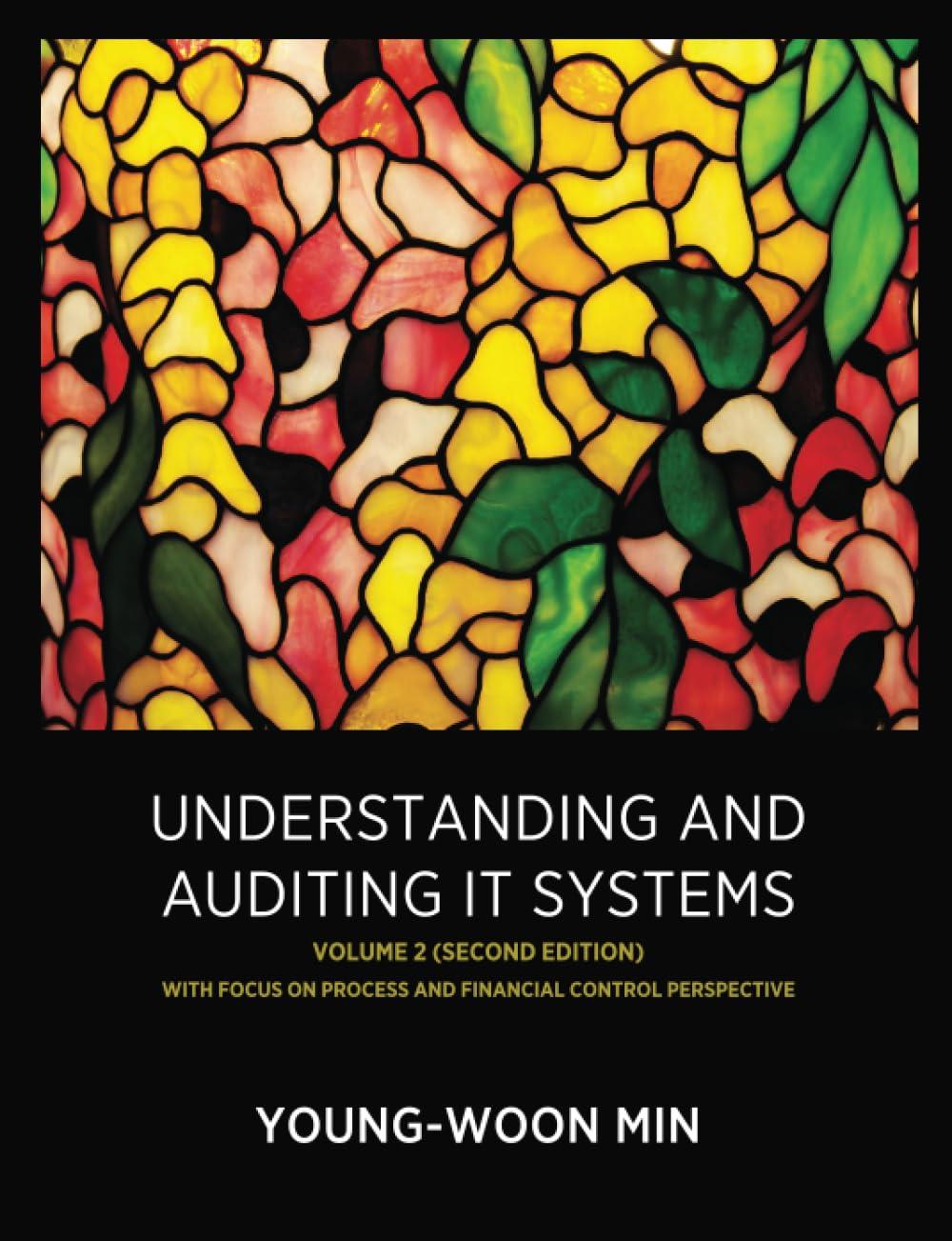Answered step by step
Verified Expert Solution
Question
1 Approved Answer
Koehler makes handheld calculators in two models--basic and professional. Koehler estimated $721,000 of manufacturing overhead and 515,000 machine hours for the year. The basic model
Koehler makes handheld calculators in two models--basic and professional. Koehler estimated $721,000 of manufacturing overhead and 515,000 machine hours for the year. The basic model actually consumed 230,000 machine hours, and the professional model consumed 285,000 machine hours. The predetermined overhead allocation rate using machine hours as the allocation base is $1.40 per machine hour, with the allocated overhead costs split between the basic model and the professional model by $322,000 and $399,000, respectively.



Step by Step Solution
There are 3 Steps involved in it
Step: 1

Get Instant Access to Expert-Tailored Solutions
See step-by-step solutions with expert insights and AI powered tools for academic success
Step: 2

Step: 3

Ace Your Homework with AI
Get the answers you need in no time with our AI-driven, step-by-step assistance
Get Started


